Leading market players are investing heavily in research and development in order to expand their product lines, which will help the Refrigerated Sea Transportation Market, grow even more. Market participants are also undertaking a variety of strategic activities to expand their footprint, with important market developments including new product launches, contractual agreements, mergers and acquisitions, higher investments, and collaboration with other organizations. To expand and survive in a more competitive and rising market climate, Refrigerated Sea Transportation Industry must offer cost-effective items.
Manufacturing locally to minimize operational costs is one of the key business tactics used by manufacturers in the Refrigerated Sea Transportation Industry to benefit clients and increase the market sector. In recent years, the Refrigerated Sea Transportation Industry has offered some of the most significant advantages to medicine.
Major players in the Refrigerated Sea Transportation Market, including CMA CGM S.A, Kuehne + Nagel International AG, DHL International GmbH, CEVA Logistics, Mediterranean Shipping Company S.A, DSV Panalpina A/S, Maersk Line, Limited, NYK Line, Hapag-Lloyd AG, Hamburg Süd, Cargo-Partner, ZIM Integrated Shipping Services, CSAV, and Star Reefers, are attempting to increase market demand by investing in research and development operations.
Carrier Corp. (Carrier), formerly known as Carrier Corp., is a provider of building automation, refrigeration systems, heating, ventilation, air conditioning, and fire and security technology. The business sells furnaces, air conditioners, heat pumps, ductless systems, refrigeration equipment, boilers, indoor air quality products, compressors, thermostats, and refrigeration equipment under the Carrier, Carrier Transicold, Kidde, Edwards, LenelS2, and Automated Logic brand names. It additionally offers design, installation, and maintenance services. Carrier provides services to both the residential and commercial industries. The business conducts business throughout the Americas, Europe, the Middle East, Africa, and Asia-Pacific.
Carrier's corporate headquarters are in the US city of Palm Beach Gardens. By integrating wheel-based power generation, which captures energy that would otherwise be lost during braking events, Carrier Corporation boosted its electrification capabilities through a new agreement with ConMet in January 2022.
Trailer Dynamics GmbH developed the Newton etrailer to increase semitrailer economy and benefit both users and the environment. Customers may drastically reduce their overall costs while saving fuel and lowering pollution emissions thanks to the company's innovation, which uses an integrated electric drive train that adapts autonomously to the tractor's operating style. In October 2021, Trailer Dynamics GmbH and trailer manufacturer Krone announced a strategic alliance. The joint goal is to develop an electrified trailer that is ready for production, significantly reduces the diesel and CO2 emissions of diesel semitrailer tractors and increases the range of BEV semitrailer tractors.
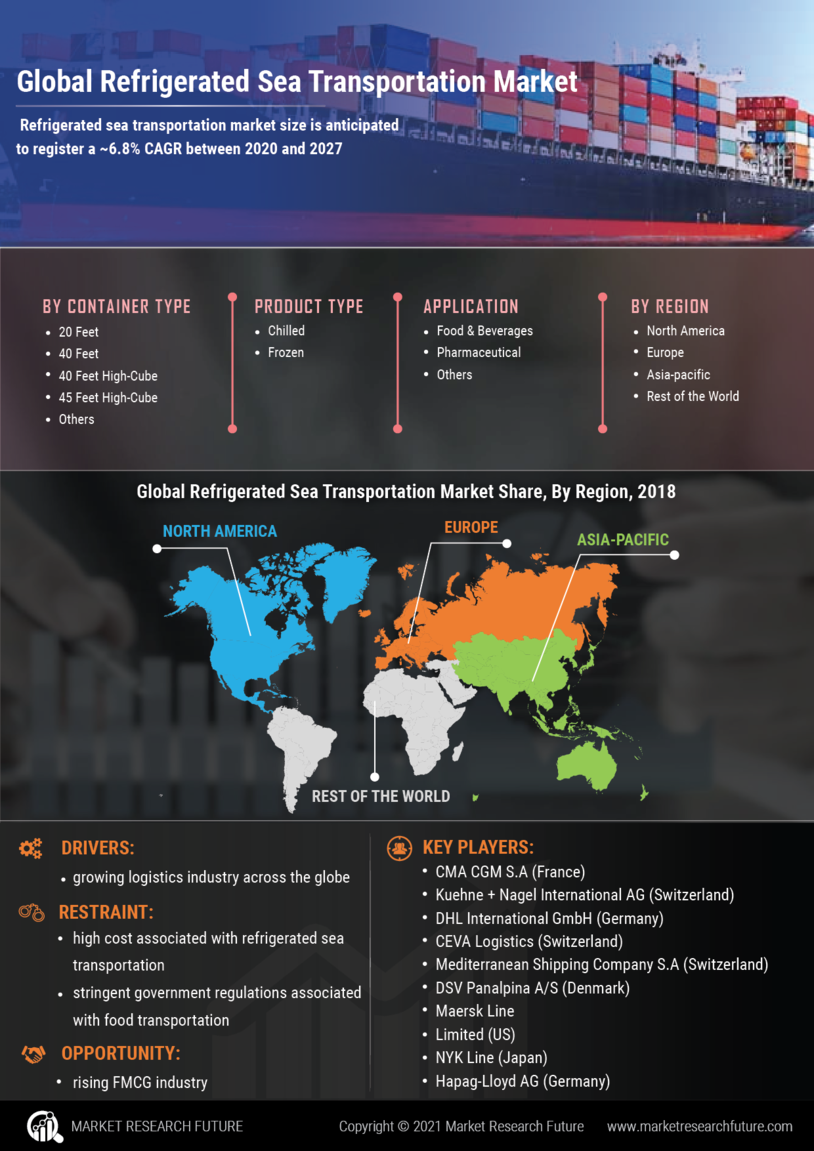

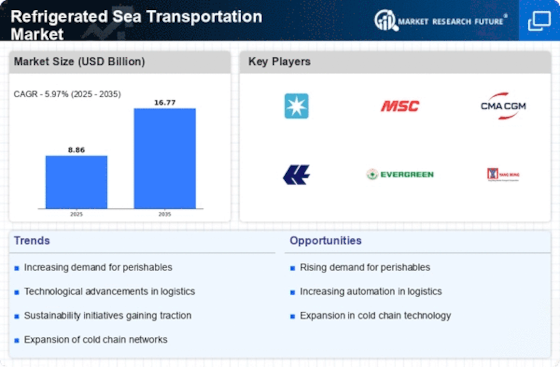
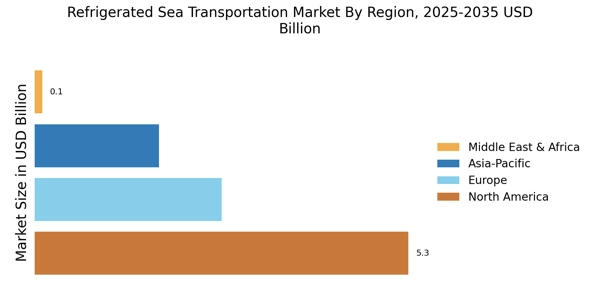
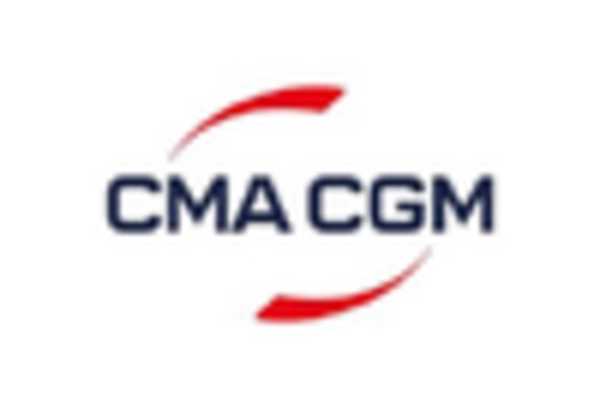
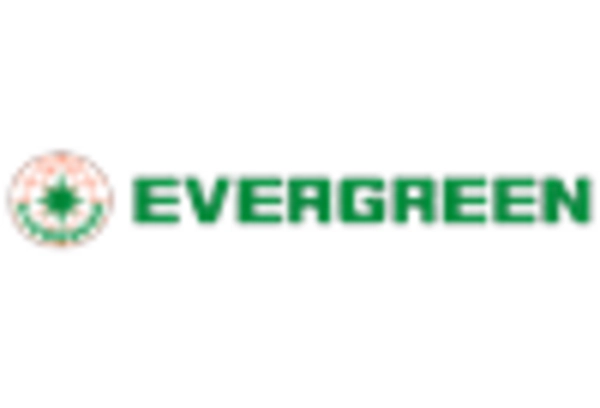
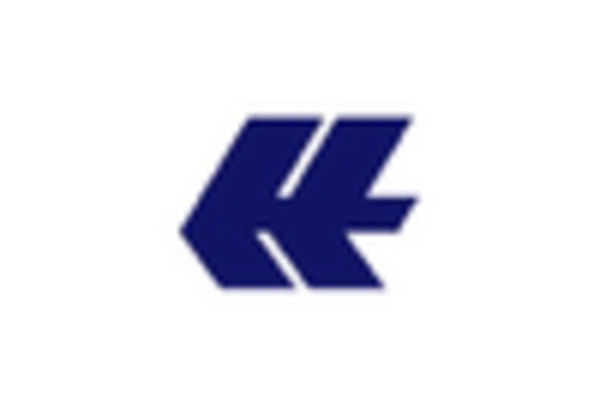
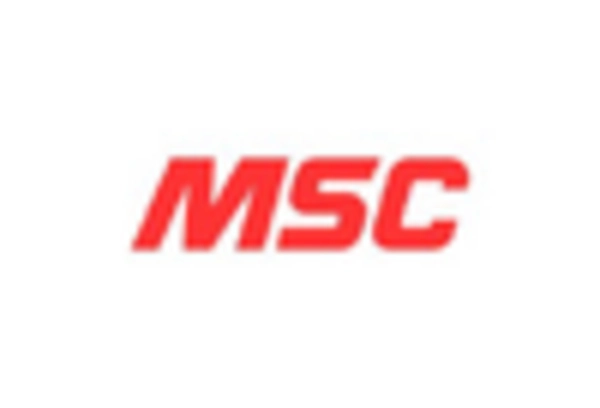

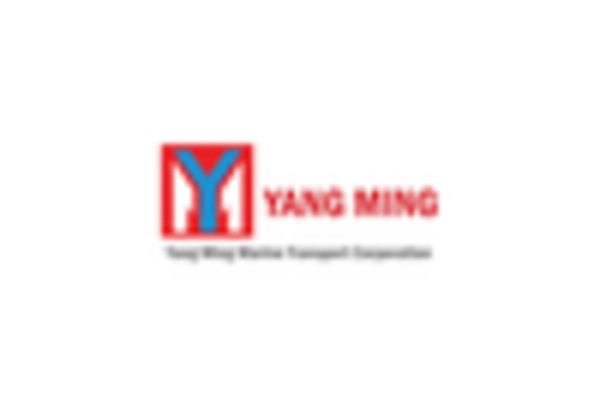








Leave a Comment